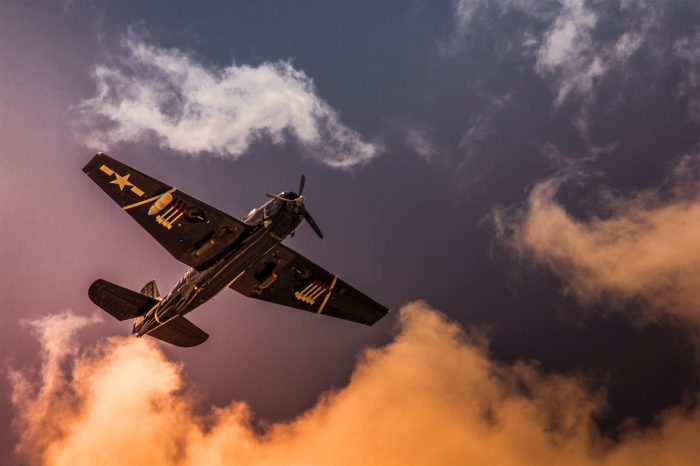As the American and Iranian conflict escalates, people are beginning to wonder what exactly a war with Iran would look like. The imagery that comes to mind first is bombs dropping from the sky and boots on the ground, but there are other possibilities for war in the 21st century that don’t all involve physical violence.
The threat of cyberattacks have been growing year by year, and they would almost definitely play a role in any major war in the 21st century. But what would a cyberattack from another country look like, and what could we do to stop it? This blog will attempt to answer those questions.

Cyberattacks as Acts of War
The history of cyberattacks date back further than one may assume. In fact, the first attack that we can confidently call a cyberattack occurred in 1988, when a worm exploited weaknesses in computers all over the United States.
Cyberattacks as acts of war, however, are often harder to identify, and difficult to trace. The Estonian Government networks were hacked shortly after a conflict with Russia in 1988. In 2008, the computer networks in the country of Georgia were hacked during a conflict with Russia. According to Nato, graffiti appeared on Georgian government websites.
Examples go on and on, and as a result, countries have become more and more aware of the threat. Unfortunately, cyberattack methods have also gotten more complex, leading to increased risk for countries across the country.

The Possibility of Cyberattacks in 2020
What would a cyberattack from another government look like, hypothetically, in 2020?
The answer is complex, as there are so many different types of attacks, with ranging scopes and outcomes. The New Yorker recently posted a story on the possibility of an Iranian cyberattack towards the United States, which covers the likelihood of an attack, and what it may look like. The story also discusses a cyberattack the United States, in collaboration with Israel, conducted against Iran. The attack involved installing malware into the networks of an Iranian nuclear facility site.
Cyber weapons would almost definitely be used in a full-scale war in the 21st century, and the attacks would most likely targeted government and military facilities, as well as major businesses around the country. The impact these attacks could have range from minor to severe, depending on what facilities are targeted, and how promptly the threats are responded to.
Cyberattacks present great risks to everyone, from individuals to massive governments. A war would only escalate the risk, and heighten the stakes. The unfortunate reality is this; cyberattacks would without question be a significant part of any major war in the 21st century.
Categorised in: data breach, malware, Security, wireless
